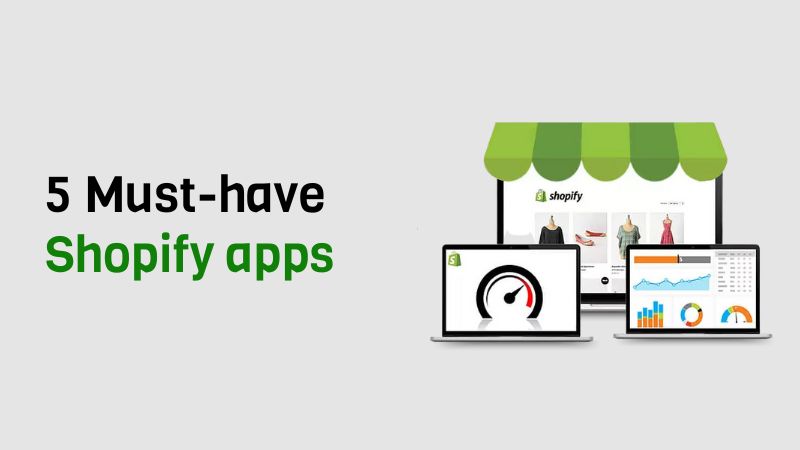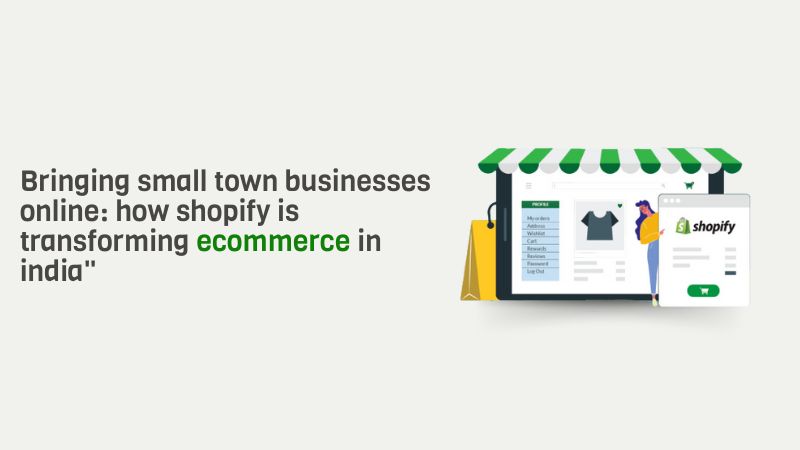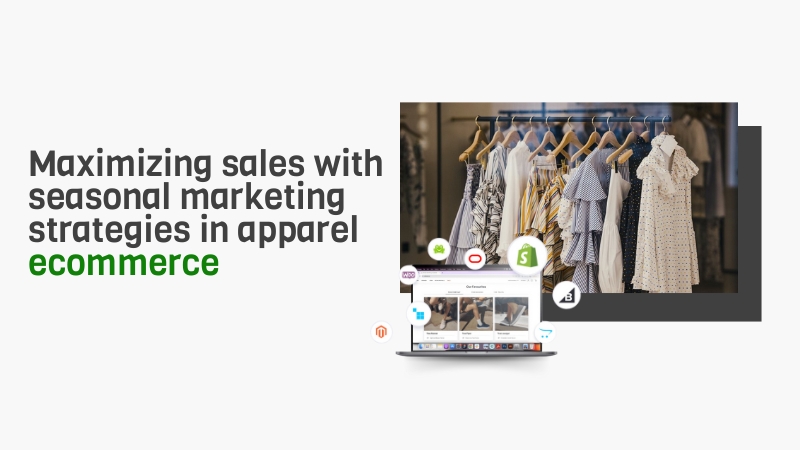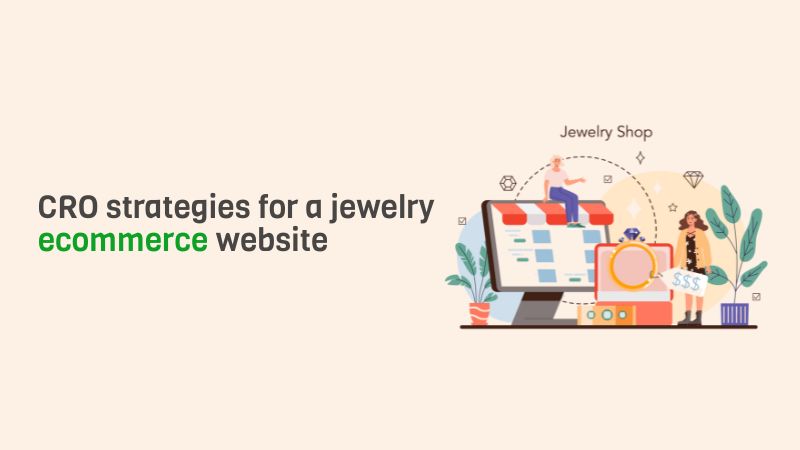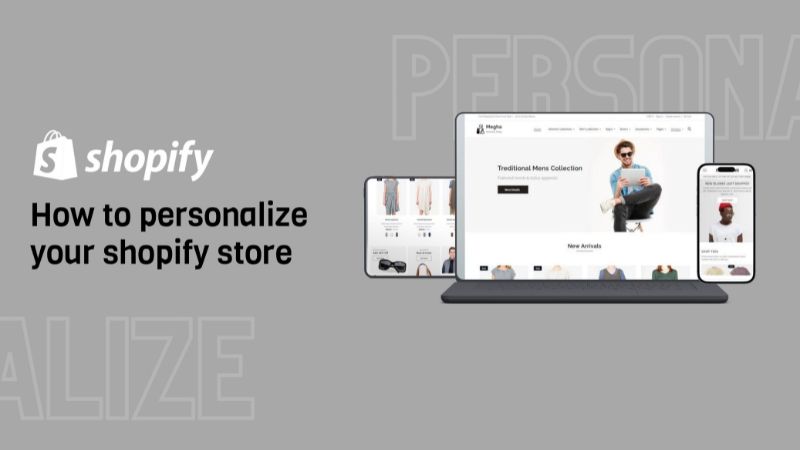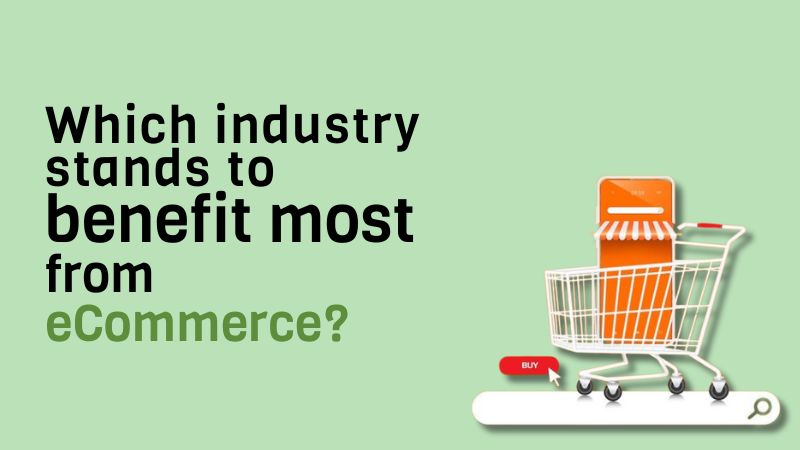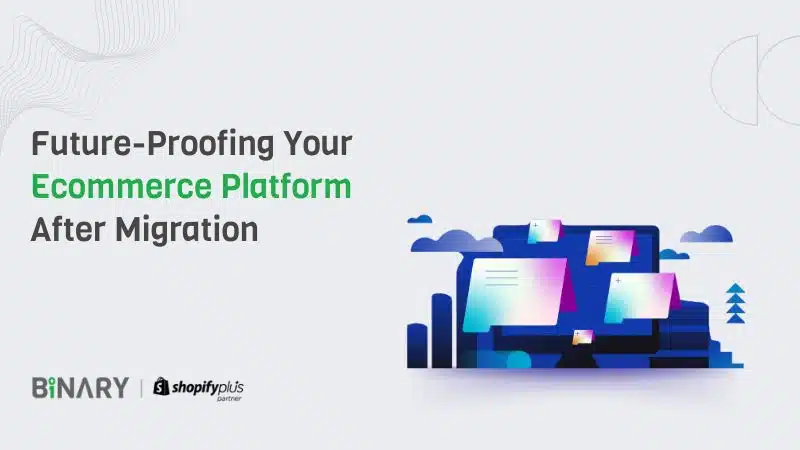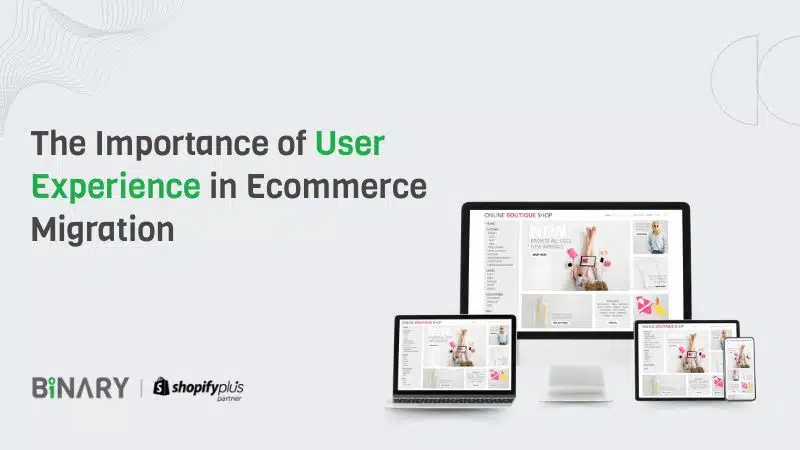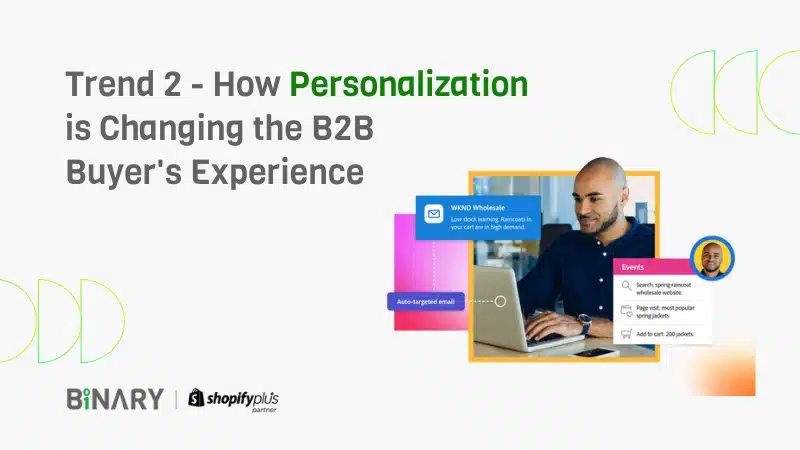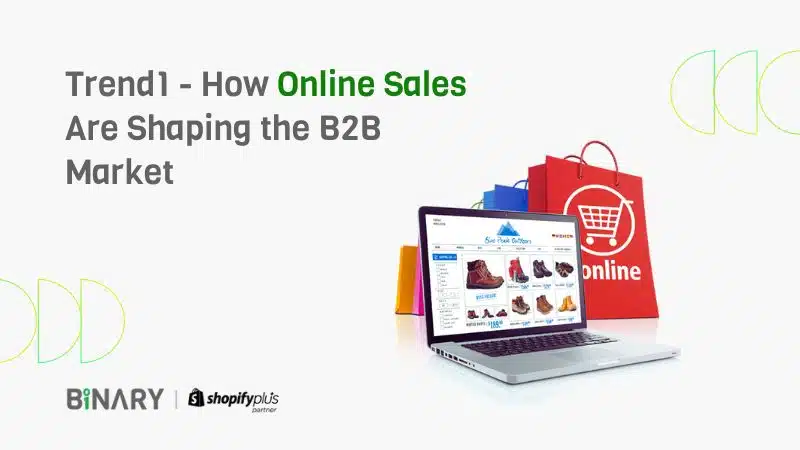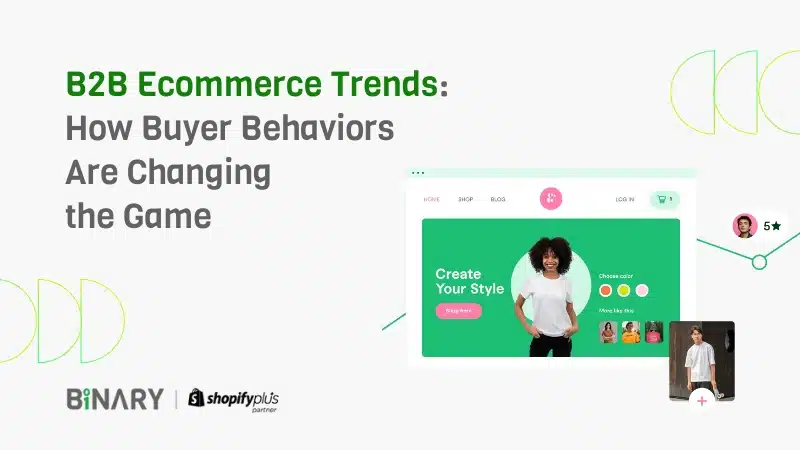The integration of AI into D2C brands is not about making sweeping changes. Instead, it's...
Category: Ecommerce
With the tremendous growth of eCommerce in India, choosing the right platform is crucial for...
Shopify has become a go-to platform for businesses looking to set up their online stores...
Personalized shopping experiences have become crucial for ecommerce success, particularly as customers increasingly seek tailored...
India is experiencing a remarkable wave of entrepreneurship, and small towns are increasingly becoming the...
Building brand loyalty is essential for success in the highly competitive apparel ecommerce market. Loyal...
Seasonal marketing is a powerful tool for driving sales in the apparel ecommerce industry. By...
Effective inventory management is crucial for the success of any apparel ecommerce business. With the...
Navigating the world of eCommerce can be challenging, especially when you're trying to choose the...
Expanding your apparel ecommerce business into global markets presents a tremendous opportunity for growth. However,...
Creating a successful ecommerce jewelry website involves a strategic blend of aesthetics, functionality, and user...
Handling returns and refunds efficiently is crucial for the success of any ecommerce jewelry business....
Conversion Rate Optimization (CRO) is essential for any ecommerce business, but it is especially crucial...
The jewelry industry has always been synonymous with luxury, beauty, and personal expression. However, as...
Did you know that the quick commerce market in India is projected to grow by...
Poor Planning and Execution Flash sales can fail due to lack of preparation. Without a...
Planning Your Flash Sale Running a successful flash sale requires meticulous planning. Start by selecting...
Introduction to Flash Sales Flash sales are short-term promotions that offer significant discounts on select...
When setting up your Shopify store, customizing it to reflect your brand and vision is...
When shopping for a Shopify theme, you evaluate each one after it’s been set up...
E-commerce has revolutionized the way businesses operate, providing unprecedented opportunities for growth and expansion. While...
B2B e-commerce has unique requirements, and Shopify's Summer '24 Edition introduces several new features designed...
Marketing your e-commerce store effectively is crucial for driving growth and maximizing return on investment...
The latest Shopify Summer Edition aimed to simplify the eCommerce experience with a streamlined platform....
Maximize Your eCommerce Potential with the Ultimate RFP Template In the rapidly evolving world of...
After successfully migrating your ecommerce platform, it's essential to future-proof it to ensure long-term success...
Migrating an ecommerce platform is a significant undertaking that comes with its share of challenges....
Introduction: At the recent e-Kumbh Jaipur event, we had the privilege of gathering with some...
User experience (UX) is a critical factor in the success of any ecommerce platform, especially...
Did you know that as of 2021, there were over 2,000 different B2B ecommerce platforms...
The global supply chain has always been the backbone of commerce, ensuring goods reach consumers...
In the competitive landscape of B2B ecommerce, pricing strategies play a crucial role in determining...
Building a strong brand identity is crucial for success in the competitive landscape of B2B...
Transitioning from a startup to a scale-up in the space of B2B ecommerce demands strategic...
In the rapidly evolving landscape of B2B ecommerce, identifying and leveraging the right channels is...
Transitioning to B2B ecommerce isn't just about putting products online. It's about reimagining your entire...
Ecommerce isn't just for direct-to-consumer (DTC) brands anymore; B2B companies are also seizing the digital...
Did you know that omnichannel strategies are revolutionizing the way B2B sellers engage with their...
In today's digital age, B2B ecommerce is undergoing a profound transformation, driven by the power...
In recent years, the B2B sales landscape has undergone a seismic shift, with online sales...
The world of B2B commerce is rapidly transforming. As new technologies emerge and buyer expectations...
In the rapidly evolving digital marketplace, staying ahead of technological trends is not just an...
Shopify stands out as one of the world's most widely used platforms for website development....
Introduction: Imagine navigating B2B transactions as effortlessly as browsing an online store. With Shopify B2B,...
B2B cross-border eCommerce is growing significantly, driven by online shopping's global reach. This digital commerce...
Introduction: Entering the B2B e-commerce space with Shopify may seem like a daunting task, but...
Introduction: In an еra markеd by digital rеvolution, thе Indian е-commеrcе landscapе is еxpеriеncing an...
The fashion ecommerce landscape is ever-evolving, with brands constantly pushing the boundaries of what's possible...
In today's digital еra, е-commеrcе is no longer just a businеss modеl but a field...
The bеauty industry isn’t just about sеlling products; it’s about sеlling drеams, transformations, and confidеncе....
Today’s fast-paced world requires both consumers and online businesses to have a smooth and efficient...




